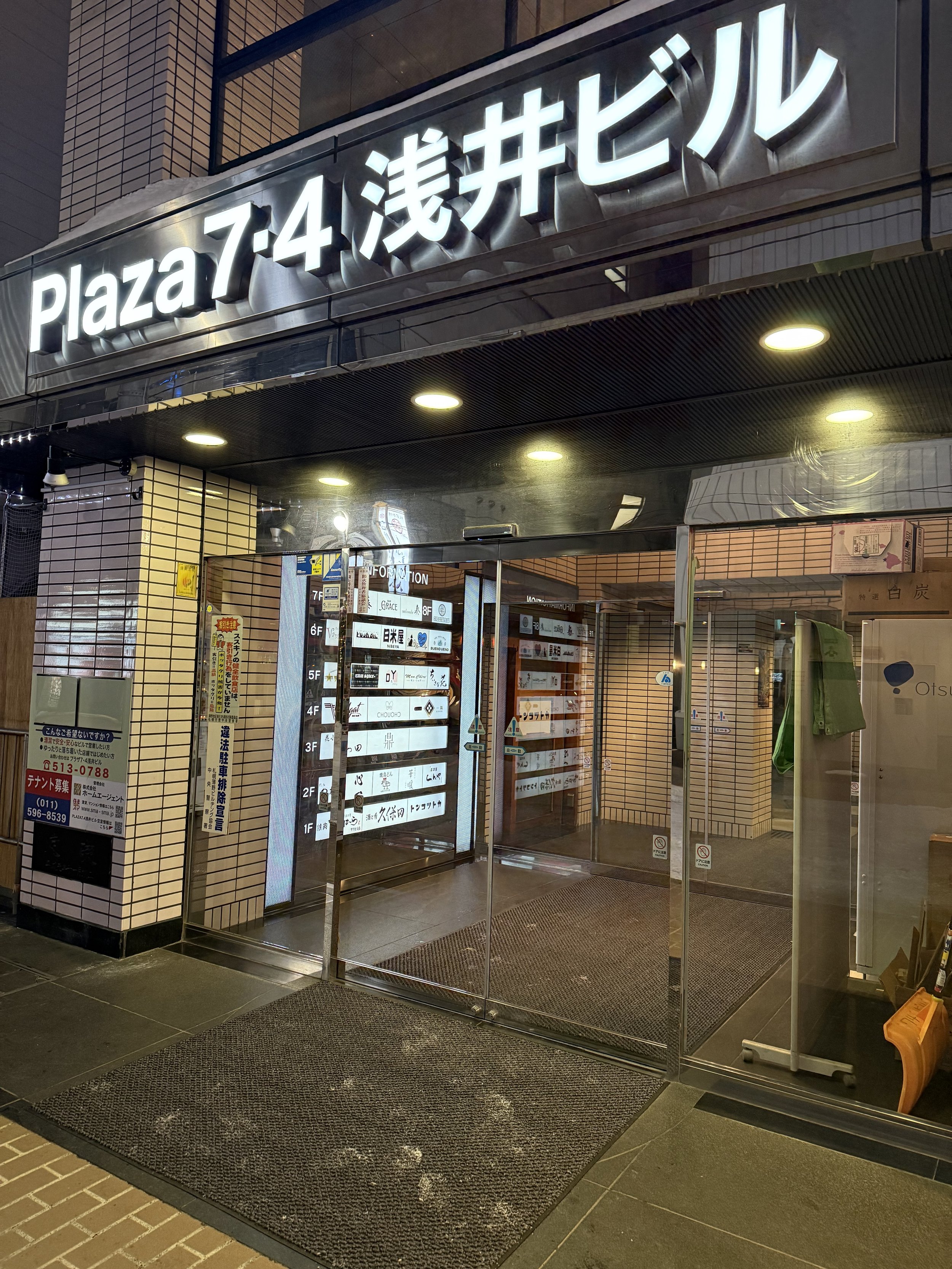
Hanakoji Sawada - Sapporo
Kaiseki cuisine with local Hokkaido ingredients. Sadly nowhere close to the three Michelin stars it had in 2017
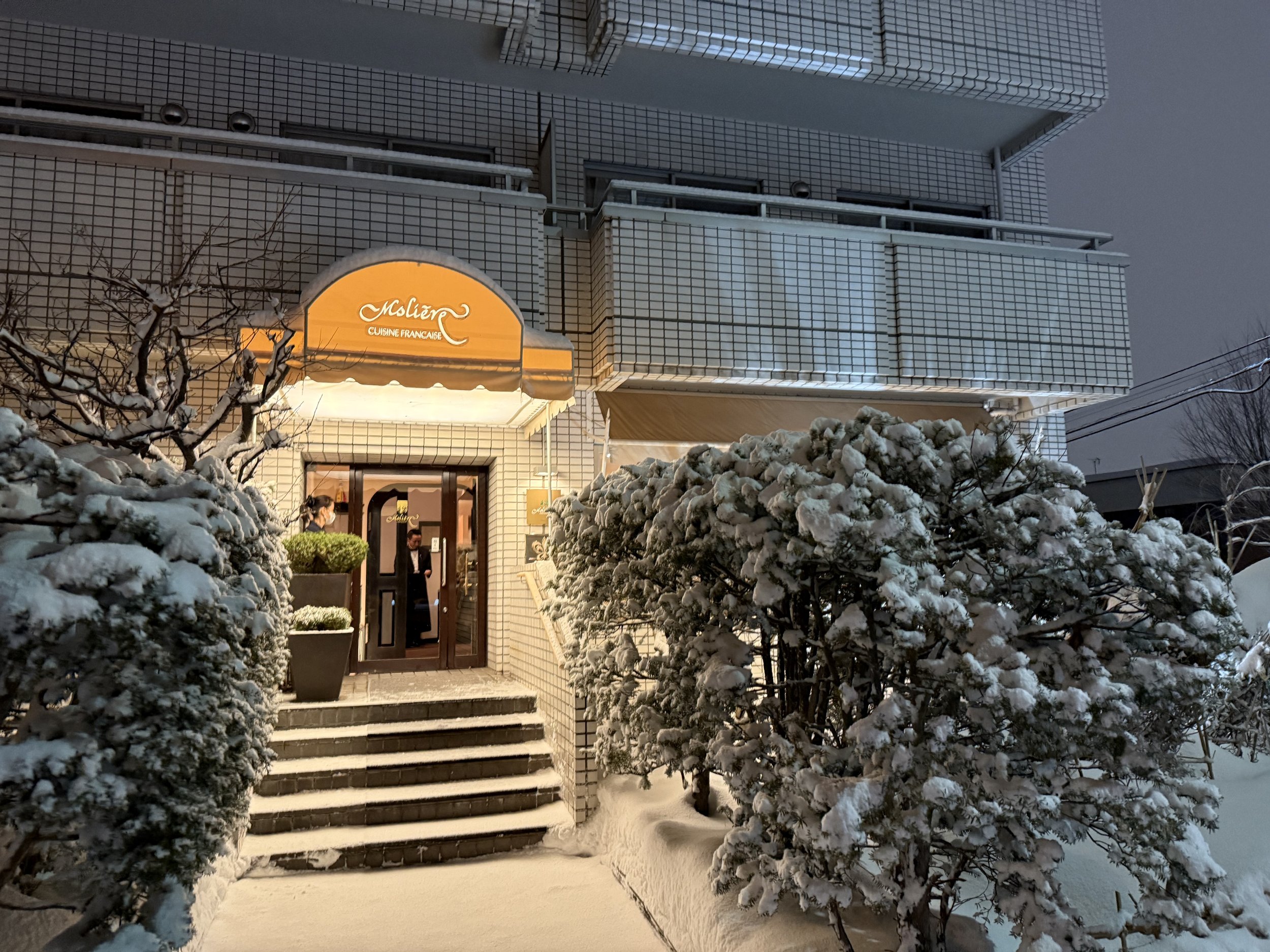
Moliere - Sapporo
French food with local ingredients was enjoyable, but didn’t quite live up to the three Michelin stars it once held
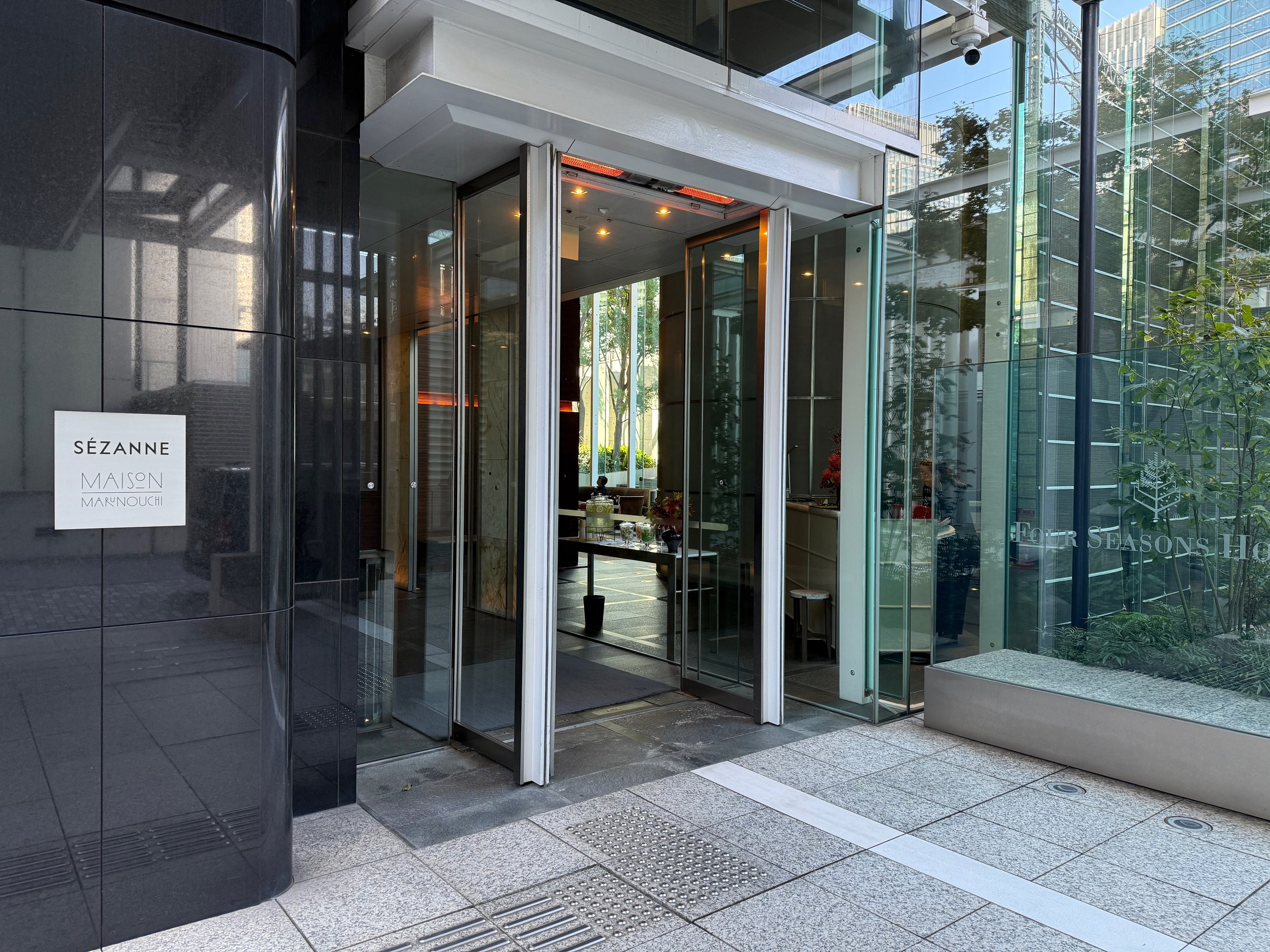
Sézanne - Tokyo
French cuisine with Chinese influences and Japanese ingredients. Consistently delicious and worthy of its three stars
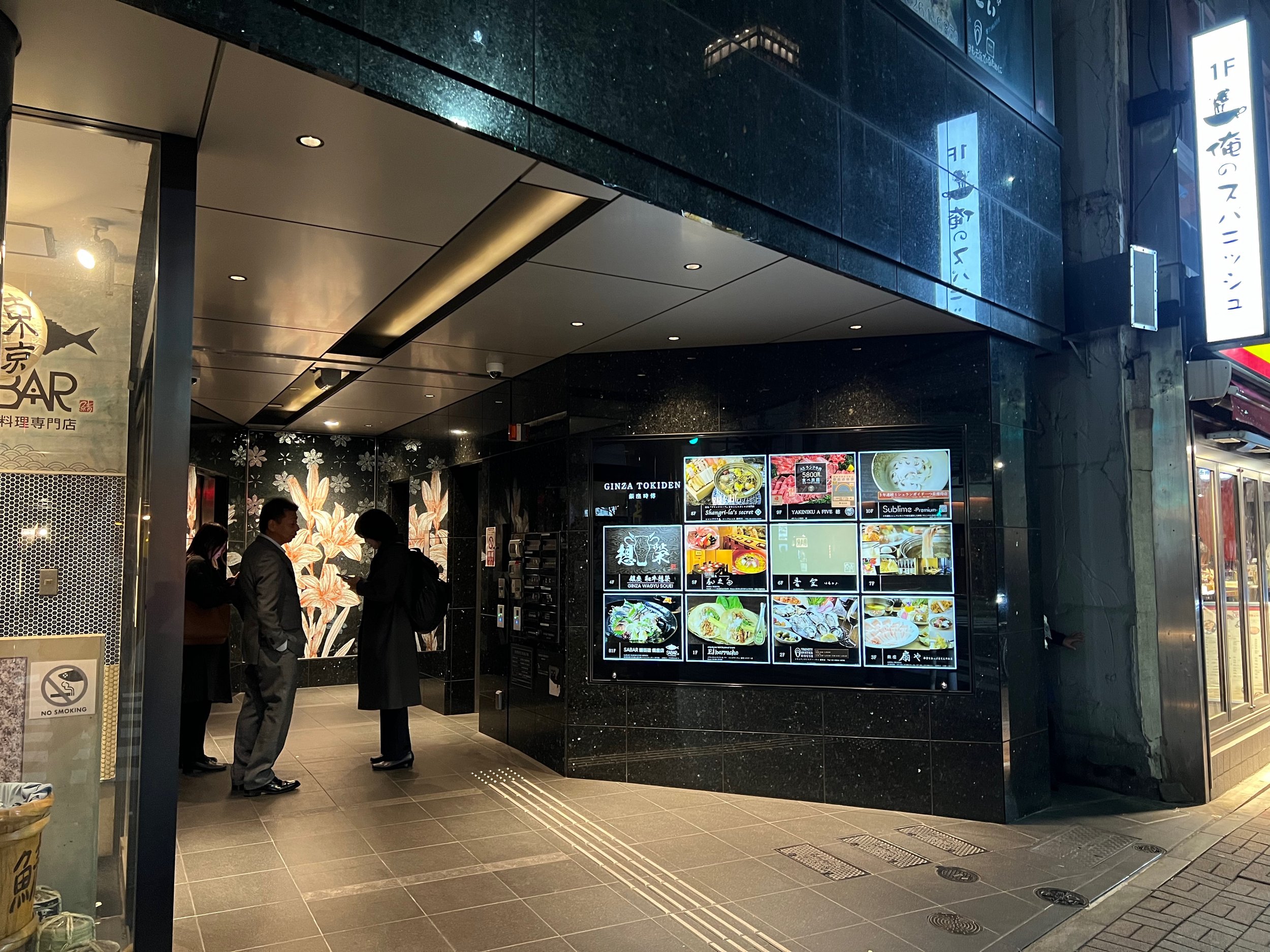
Harutaka - Tokyo
Japan’s only current three-star sushi restaurant serves consistently delicious nigiri, but its appetizers are a bit more hit and miss
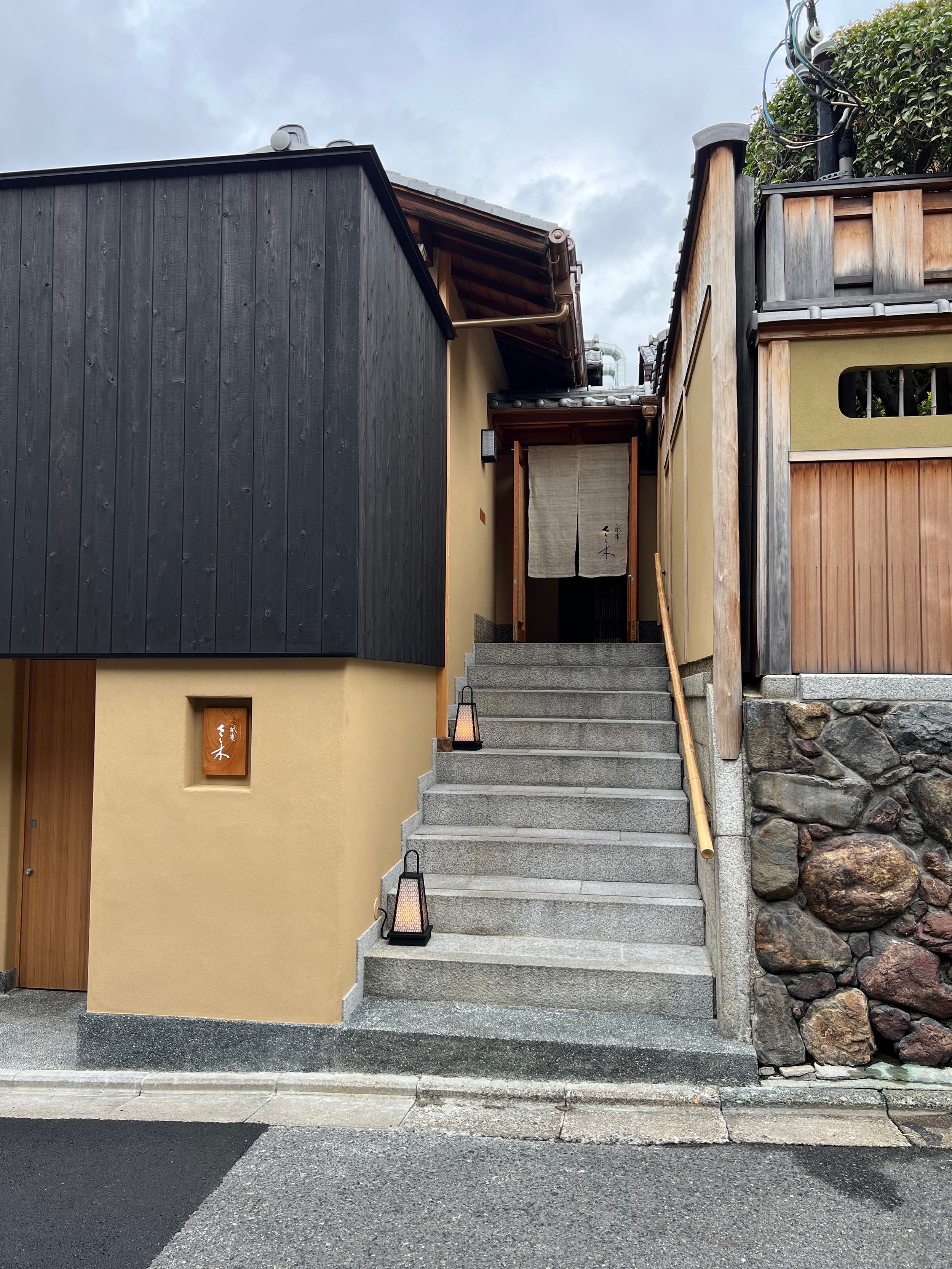
Gion Sasaki - Kyoto
Surprisingly bold flavors and inventive combinations of ingredients made for a stellar meal of Japanese Kaiseki. Watching the action in the large open kitchen was an additional treat
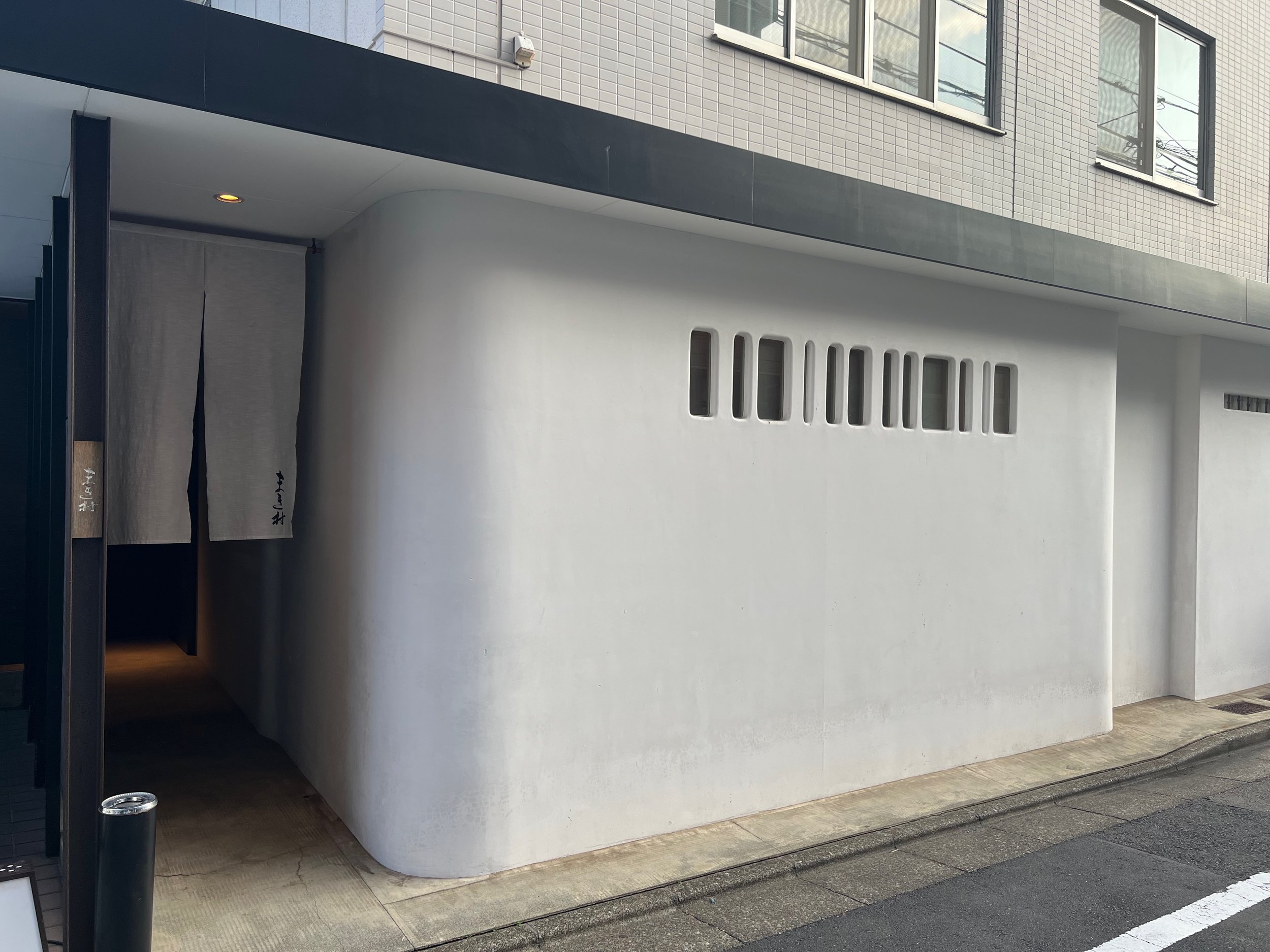
Makimura - Tokyo
One of the world’s hardest to reserve three-star restaurants was also one of its most charming. A cozy atmosphere akin to a mom-and-pop shop, and many excellent dishes made us almost forget the few letdowns
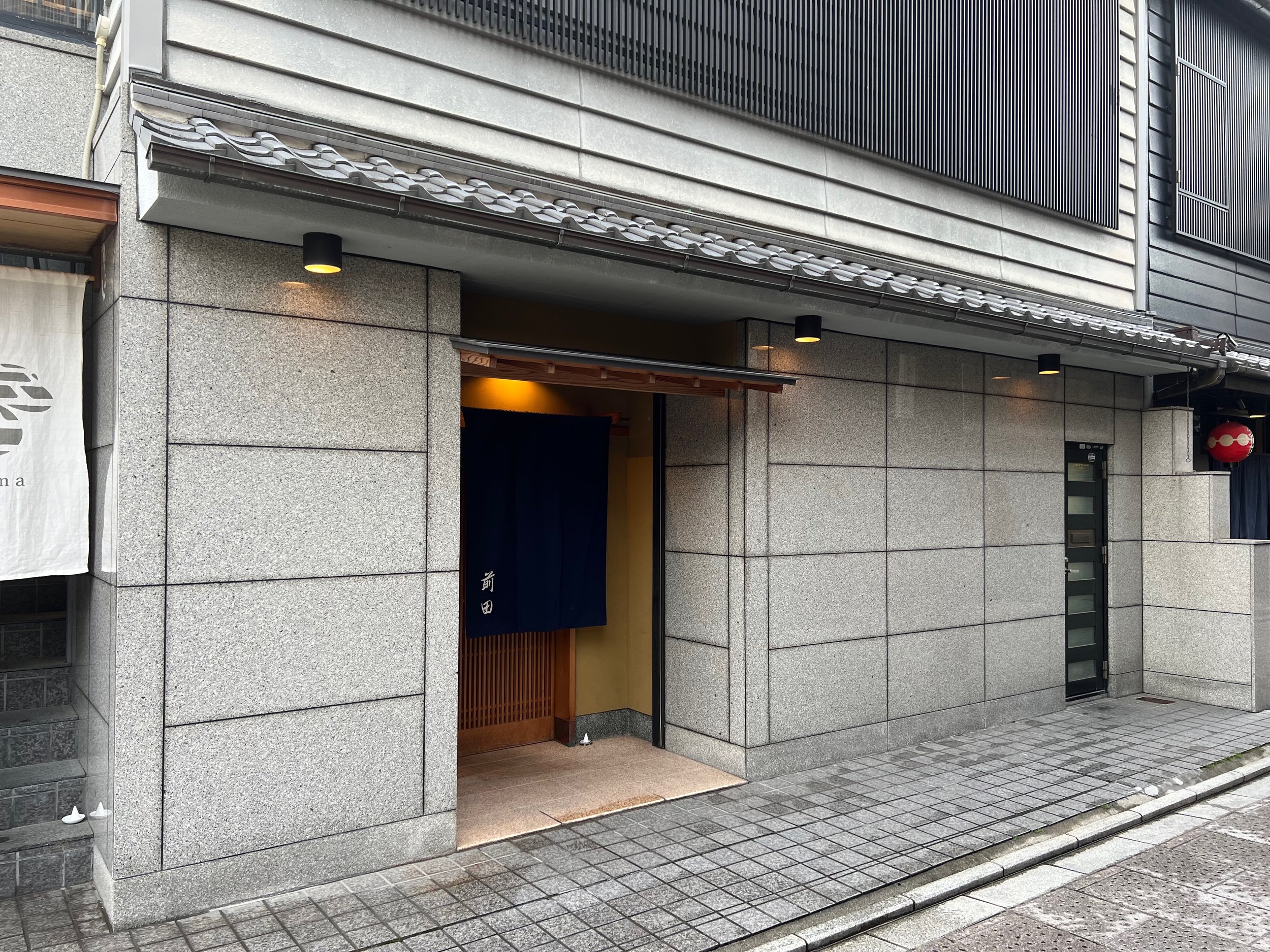
Maeda - Kyoto
Delicious, novel takes on traditional Japanese dishes. And even better, counter-seating with a wonderfully relaxed and friendly atmosphere.
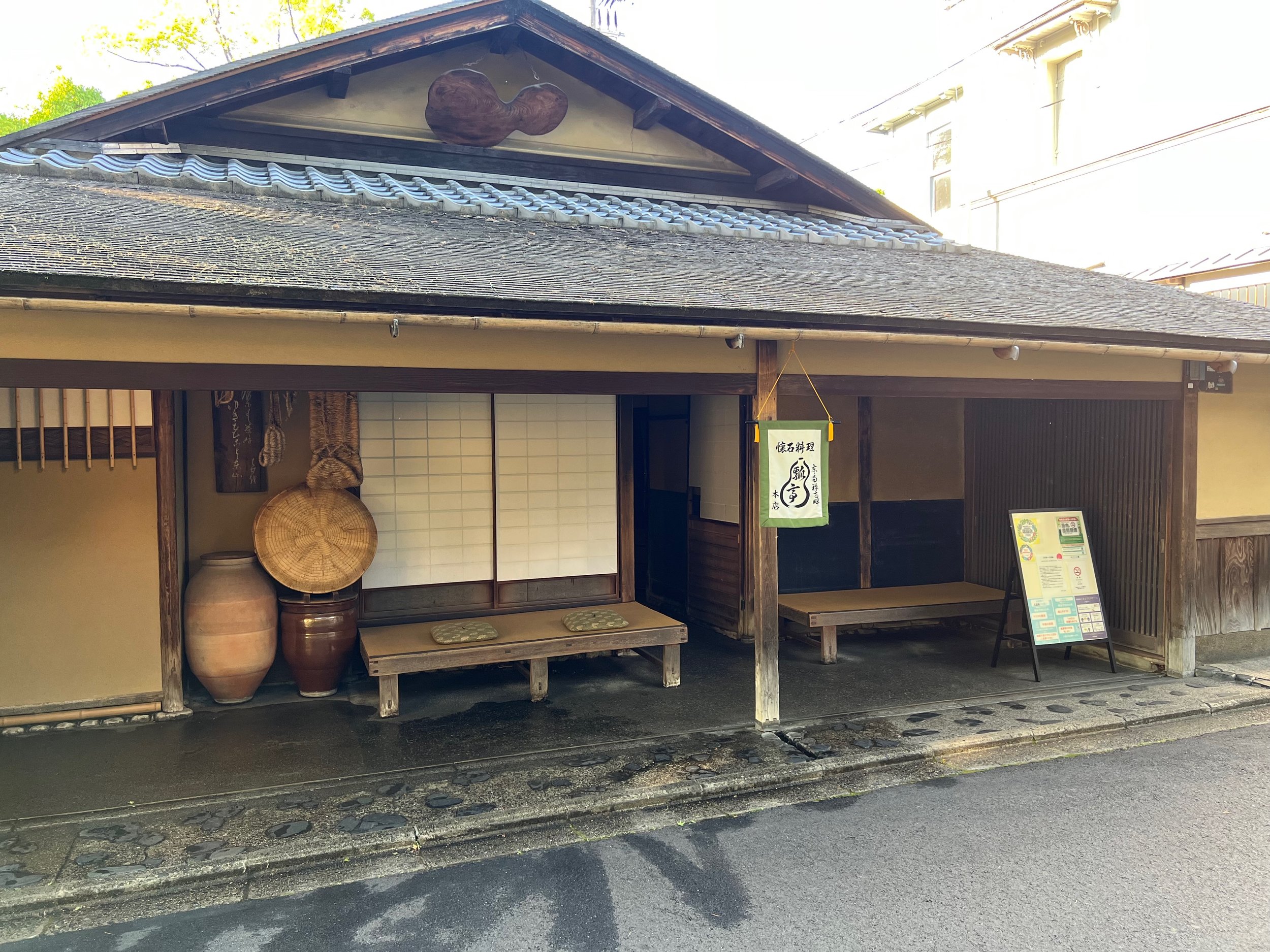
Hyotei - Kyoto
An old-style tea house is the setting for a traditional Kaiseki cuisine that has very few nods to modernity. A pleasant dinner, but overall too light on flavors for three stars.
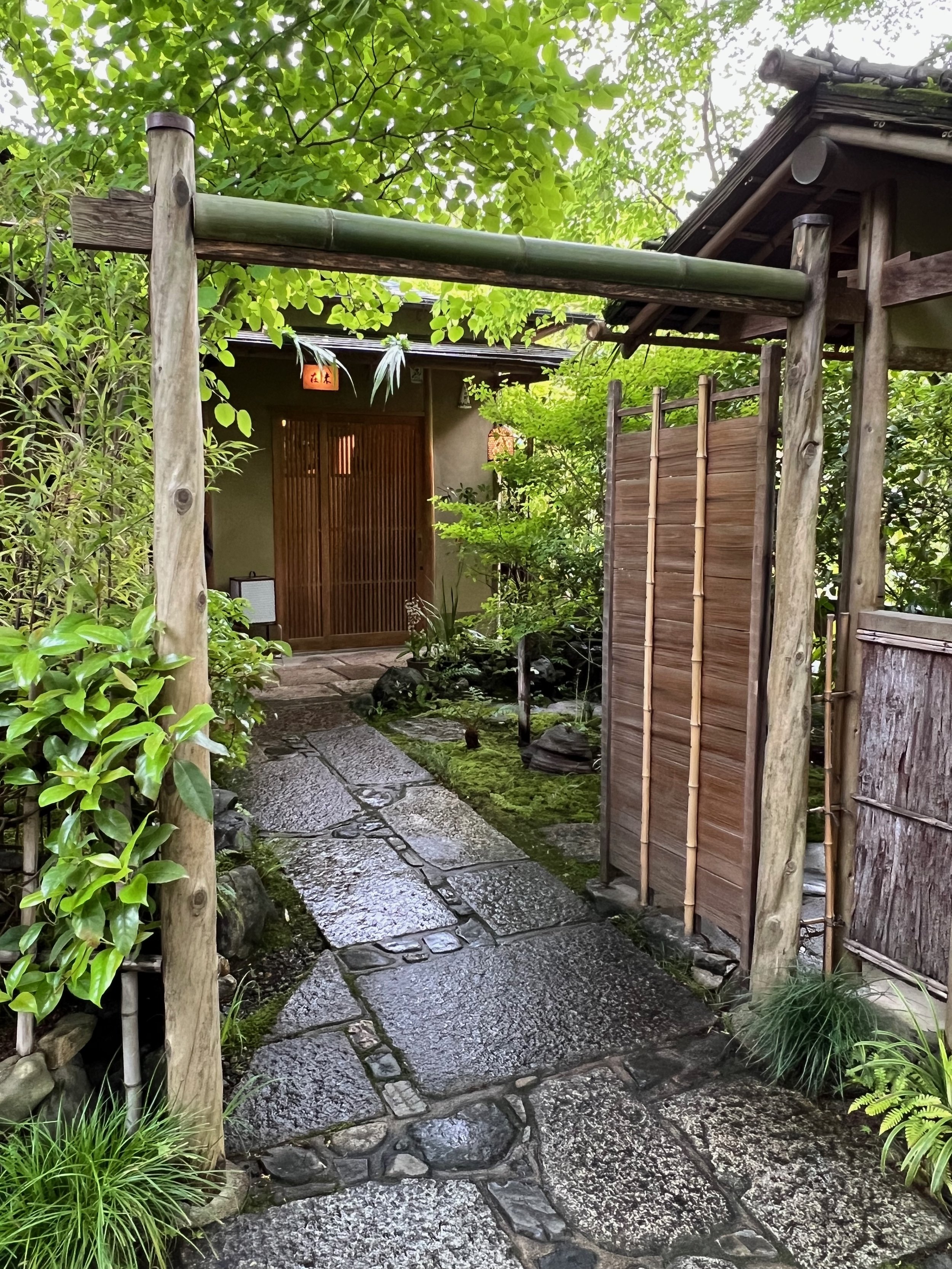
Mizai - Kyoto
Mostly traditional Kaiseki cuisine that is enjoyable, but didn’t include any real standout dishes. More impressive is the patience of the customers who made reservations over a year ahead of time

Azabu Kadowaki - Tokyo
Inventive Japanese cuisine full of non-traditional dishes, some of them better than others, but the successes were quite impressive. Even though the menu was pretty short, the restaurant still managed to rush us out

Sazenka - Tokyo
The world’s only Chinese three-star restaurant not located in a Chinese-speaking country. While the dishes might be familiar from “normal” Chinese restaurants, their execution and the ingredients are at a much higher level
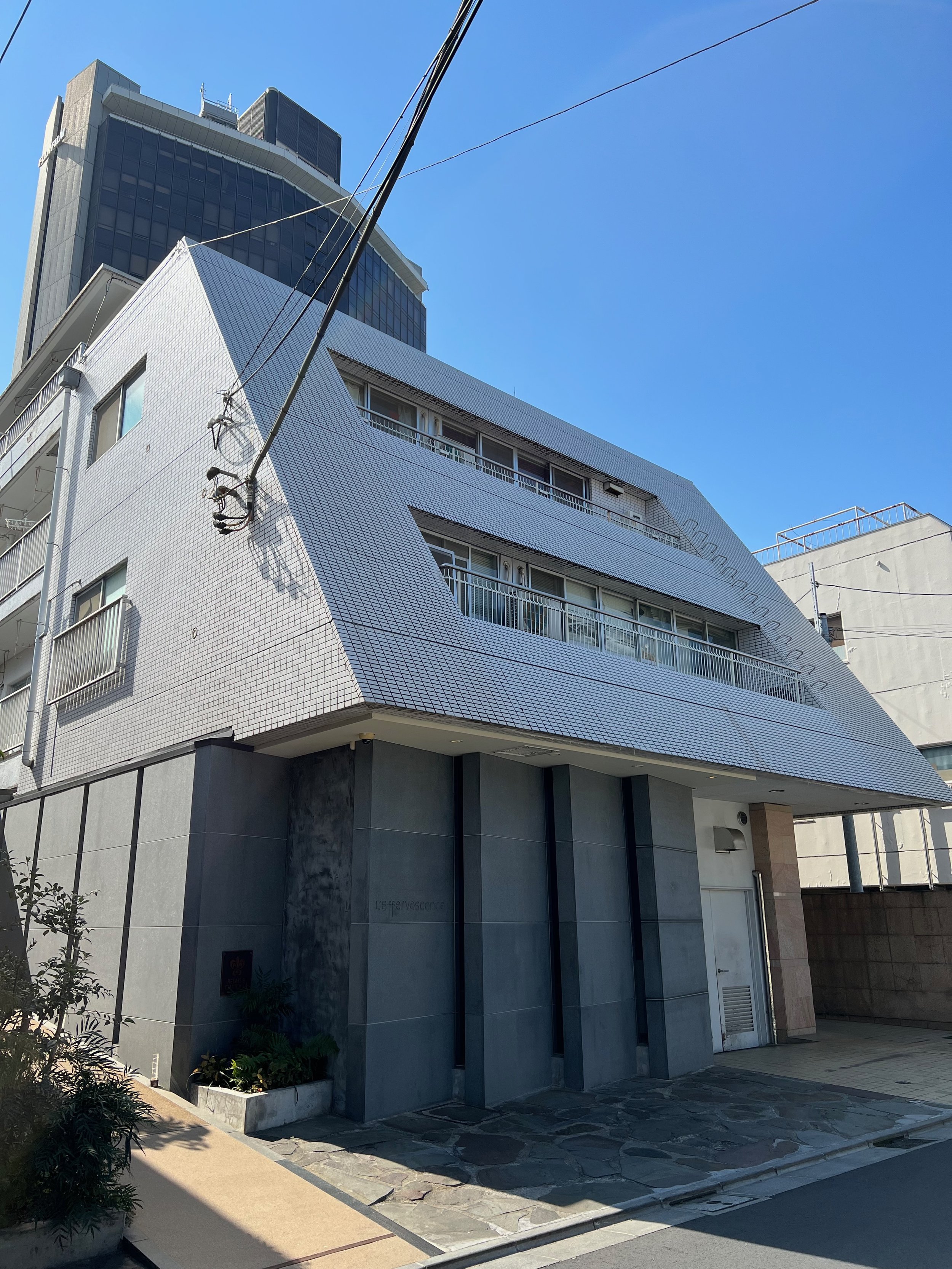
L'Effervescence - Tokyo
French cuisine in a serene setting. There were only minimal Japanese influences in a meal that had several excellent dishes. A few other courses fell a bit short of their potential
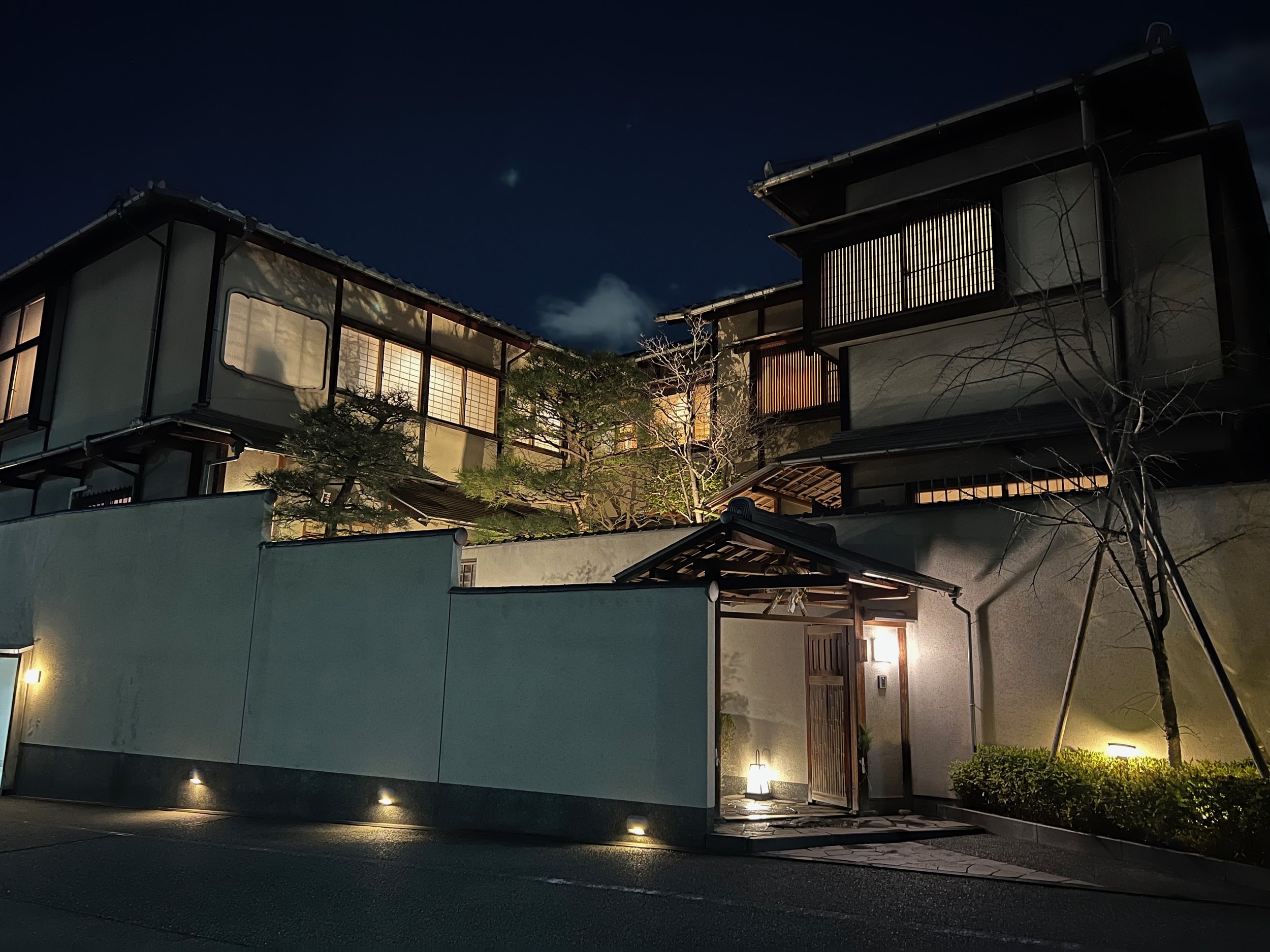
Kashiwaya - Osaka
Classic Japanese Kaiseki cuisine that keeps it interesting by including some unusual ingredients and spiciness. Unfortunately, while half the dishes were amazing, the other half was only so-so